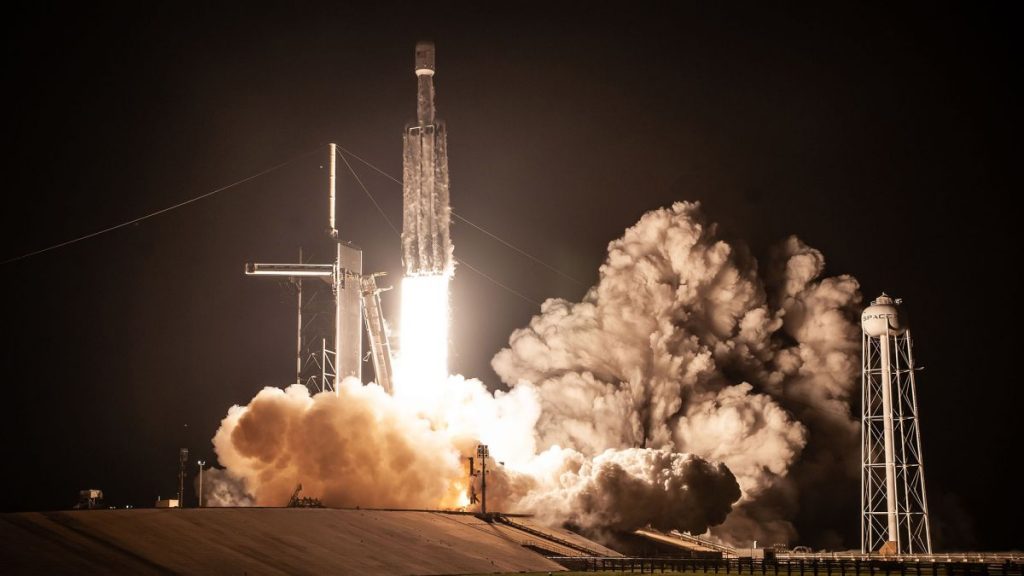NASA’s forthcoming dark matter-hunting telescope has a ride on a SpaceX rocket.
The Roman Space Telescope will launch no earlier than 2026 aboard a Falcon Heavy rocket from the California-based company, NASA announced (opens in new tab) Tuesday (July 19).
NASA will pay SpaceX $255 million for the launch service “and other mission-related costs,” agency officials stated. The mission is slated to launch from Launch Complex 39A at NASA’s Kennedy Space Center in Florida.
Related: The best Hubble Space Telescope images of all time!
While Falcon Heavy is a largely new rocket — it has only launched three times, most famously with a Tesla-riding mannequin on board in 2018 — it appears the agency wanted the extra fuel this rocket can carry, over SpaceX’s lighter-lift Falcon 9 workhorse.
That’s because Roman will be flying to a distant orbit known as Lagrange 2, or L2, which is about 930,000 miles (1.5 million kilometers) away from our planet. This orbit, which the James Webb Space Telescope also shares, is relatively far away from Earth and as such, requires extra fuel to fly there directly.
Roman, previously called the Wide Field Infrared Survey Telescope (WFIRST), boasts the same mirror size as the long-running Hubble Space Telescope. Unlike Hubble, however, Roman is optimized to look at fields of view 100 times larger. This makes the new observatory ideal for large-scale surveys of the universe.
Working in infrared light, Roman is scheduled to undertake investigations into dark energy and dark matter that are believed to make up much of the structure of the universe.
The telescope will also examine exoplanets using a technique called microlensing, examining subtle “warps” in space-time induced by planets circling their parent stars.
NASA has said wide-field the telescope will be a valuable surveyor of exoplanets to scout for worlds that Webb can see in higher-definition, and that are farther away from Earth than what the Transiting Exoplanet Survey Satellite (TESS) could pick up.
Follow Elizabeth Howell on Twitter @howellspace (opens in new tab). Follow us on Twitter @Spacedotcom (opens in new tab) or Facebook (opens in new tab).

